On the occasion of the 11th World Wildlife Day, which falls on March 3, with the theme of this year in China being "build an intelligent protection system for wildlife," China's National Forestry and Grassland Administration (NFGA) revealed that the number of rare and endangered species in China has increased steadily.
According to monitoring, the total wild giant panda population has increased from about 1,100 in the 1980s to nearly 1,900 currently.
According to a statement sent to the Global Times on Sunday, Chinese wildlife protection has been practiced through the formation of an intelligent wildlife protection system. The application of digital high-tech measures including intelligent and digital monitoring systems, far-infrared cameras, and AI identification of species has effectively strengthened the standardized management of the import and export of the rare species, enhanced the efficiency of the daily patrols of wild fauna and flora and the work of monitoring, and blocked illegal trades of wild species via internet.
The wild population of Asian elephant has increased from more than 150 in the 1990s to more than 300 currently, while the eastern black crested gibbon grew to five groups of 36, media reported.
Green sea turtle has bred over 10,000 baby turtles through artificial means, and the population of white dolphins in Leizhou Bay, South China's Guangdong Province, is also growing steadily.
The wild population of Hainan gibbon has also grown from two groups and less than 10 individuals 40 years ago to six groups and 37 individuals.
The number of crested ibis has jumped from seven since its first discovery to a current population of over 10,000, and the wild population of Tibetan antelope, known as "the plateau elf," has recovered from 60,000 to 70,000 in the late 1990s to more than 300,000 now.
Wild Cycas panzhihuaensis have increased from 234,000 plants in the 1980s and 1990s to 385,000 at present, becoming the natural Cycas community with the northernmost latitude, the highest altitude, the largest area, the largest number of plants and the most concentrated distribution in the Eurasian continent.









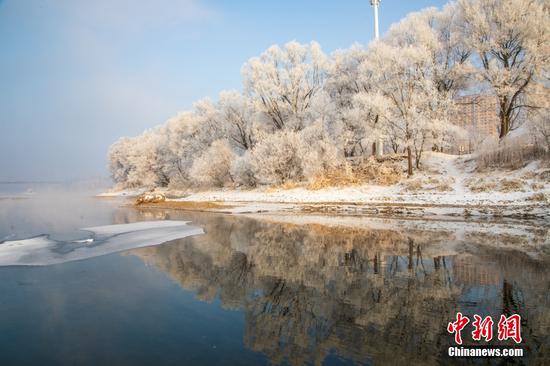
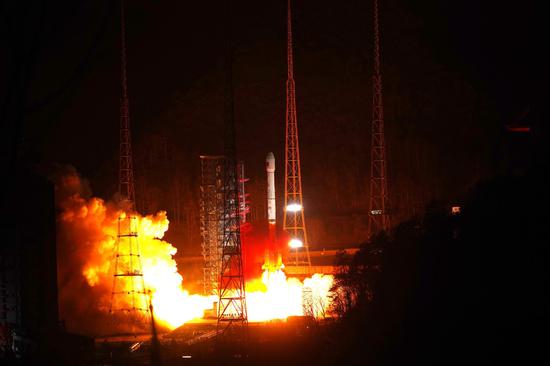



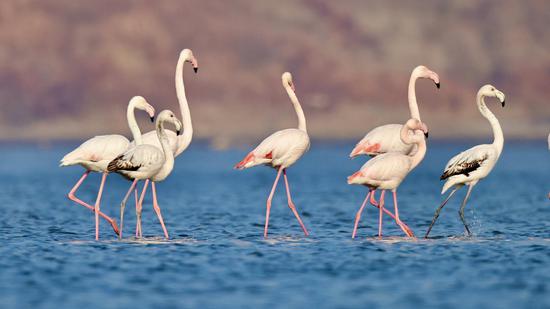


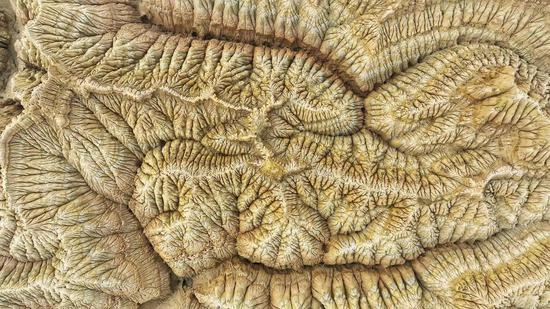




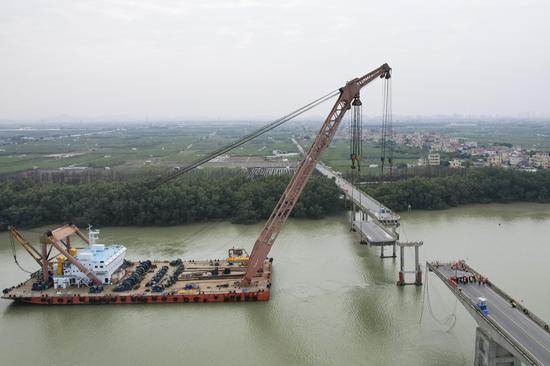







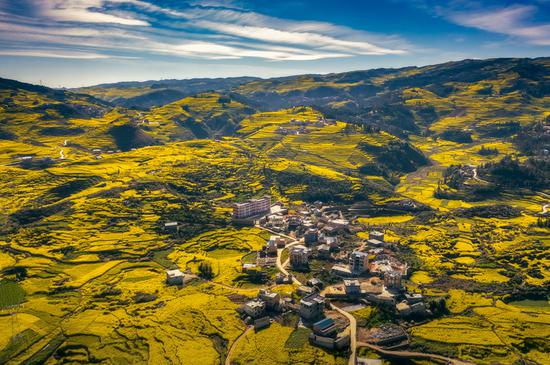
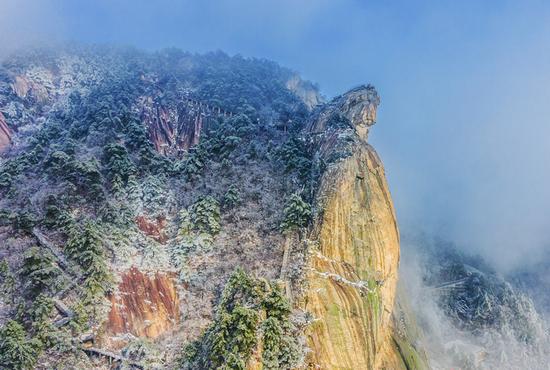

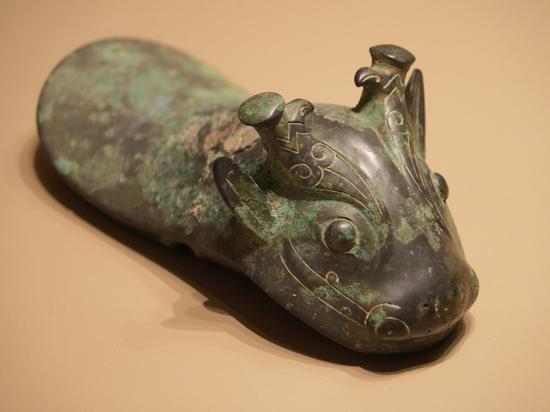

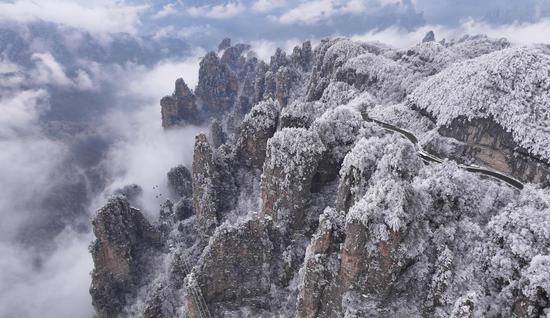

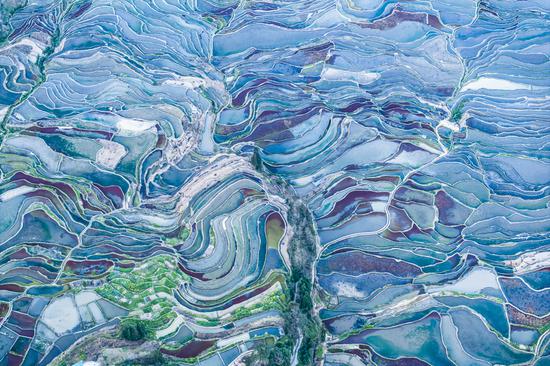
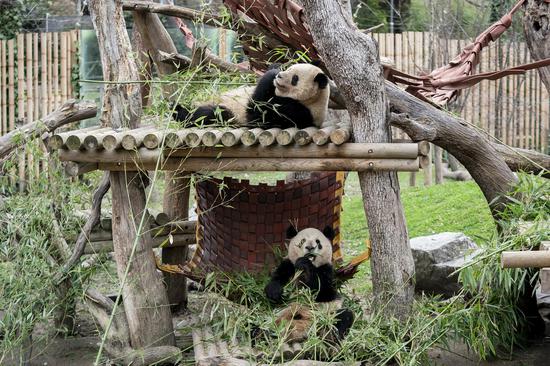



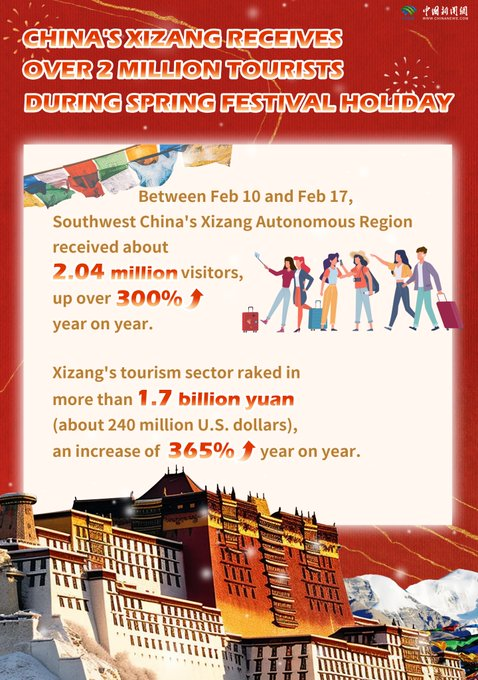







 京公网安备 11010202009201号
京公网安备 11010202009201号
